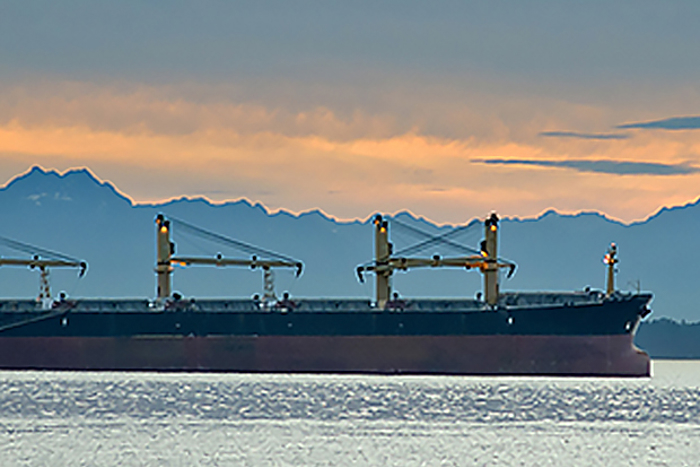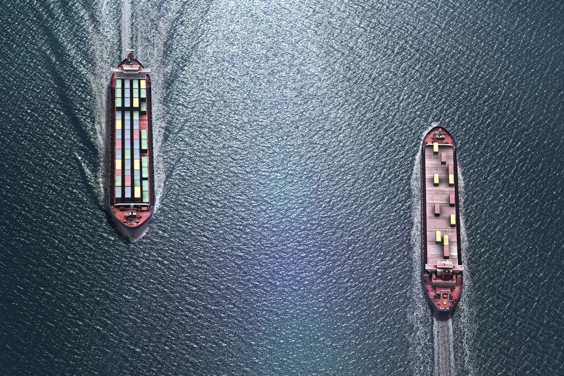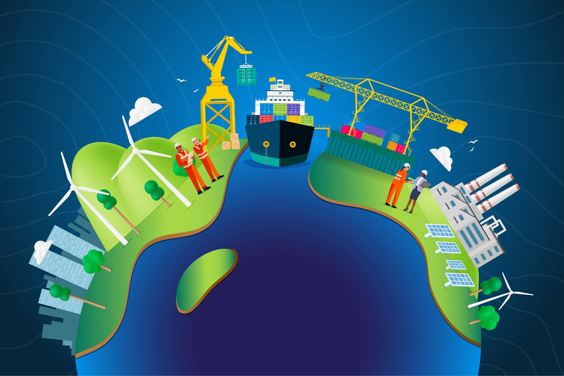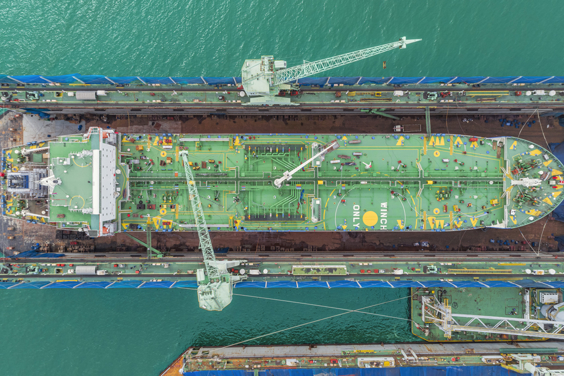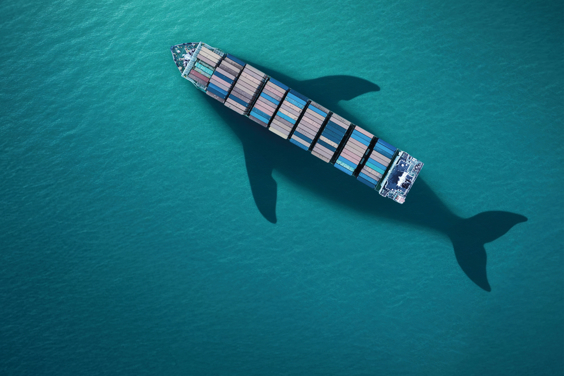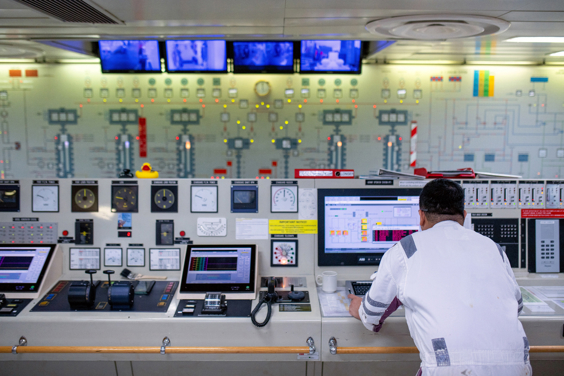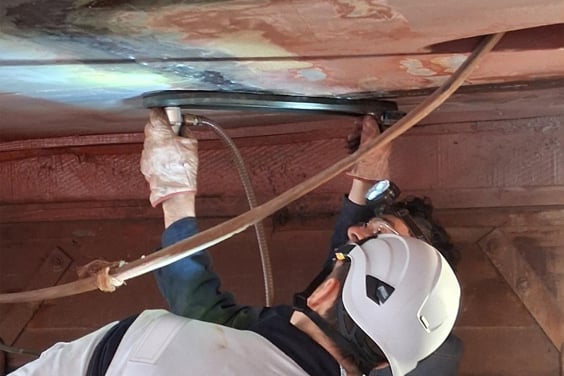
- What is the EU Emissions Trading System?
- What is the EU MRV?
What is the EU ETS?
The EU ETS (Emissions Trading System) is a key tool being applied within the EU to reduce GHG emissions across the region. It is a cap-and-trade system where a limit is put on how many GHG emissions are permitted to be released into the atmosphere from industries. Companies falling under the scope of EU ETS are able to purchase emission allowances or trade emission rights. Those who emit fewer emissions can trade their permitted allowance to those industries who emit more than they are permitted. Those companies, who emit more than their allowance and are not able to buy additional allowance from the market or other companies must pay a financial penalty to the EU ETS.
How does the EU ETS work?
From 1 January 2024, fixed installations, aviation and maritime sectors are all included in the EU ETS. This means that companies operating within these sectors must have purchased sufficient allowances to cover their relevant GHG emissions each year. The EU sets a cap on the total amount of GHGs that can be emitted.
GHGs covered include carbon dioxide (CO2), methane (CH4) and Nitrous Oxide (N2O). GHG emissions are reported in the ETS system as tonnes of CO2 equivalent. Each tonne of CO2 is the equivalent of 1 EU Allowance. The total GHG allowance available is set by the cap. Capping the number of allowances drives a market demand for them and ensures they have a monetary value. Each year, the cap, and therefore the total GHG allowance within the system, is lowered, thereby reducing the total GHG emissions.
Emissions allowances may be bought or traded between companies included in the EU ETS. At the end of each year, installations must surrender enough of their allowance to cover their total GHG emissions. Failure to do so will result in significant financial penalties in addition to the allowance due to be surrendered. In effect, the polluters pay for the GHG they emit. If an installation's GHG emissions are lower than the allowance, the spare allowance may be kept for use in subsequent years or may be sold to another installation that is short of allowance that year.
Currently, the system is applicable in all EU member states, plus Iceland, Lichtenstein and Norway.
How does shipping fit into EU ETS?
From 1 January 2024 shipping has been included in the EU ETS. Data is to be collected under the MRV regulation, which has been expanded to include the additional GHG (methane (CH4) and Nitrous Oxide (N2O)) as well as the additional reporting requirements at the company level for Maritime to report GHG emissions into the EU ETS.
Any voyages made to and from EEA ports (Iceland and Norway included), plus outermost regions under Member State jurisdiction fall into scope of ETS. Voyages to or from non-EEA ports will have to surrender allowances for 50% of that journey's emissions. Voyages between EEA ports and at berth will have to surrender allowances for 100% of that journey/time in port/berth.
From 1 January 2024 cargo and passenger ships of 5000GT and above fall into scope of ETS and will have to pay for their GHG emissions. Offshore ships fall into scope of ETS from 1 January 2027 (although will have to report under MRV from 1 January 2025). Offshore and general cargo ships 400-5000 GT will be considered for inclusion in ETS at a later date, but will fall under MRV reporting requirements from 1 January 2025.
For ships in scope of ETS emissions will need to be paid for by 30 September of each year immediately following the data collection year. So for ships in scope of ETS from 1 January 2024 the first surrender deadline under ETS will be 30 September 2025. Surrendering of allowances is being phased in for the shipping sector. As such:
- 40% of reported 2024 CO2 emissions at company level to be surrendered in 2025
- 70% of reported 2025 CO2 emissions at company level to be surrendered in 2026
- 100% of reported 2026 CO2, N2O and CH4 emissions at company level to be surrendered in 2027
General principles of the EU ETS
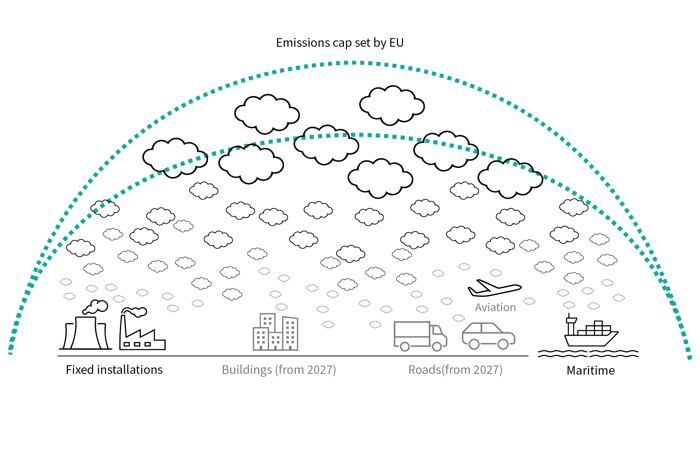
What is the EU MRV?
The EU MRV regulation sets requirements for shipowners to monitor and report their vessel emissions each calendar year in an ongoing cyclical process. Both EU and non-EU Flagged ships (within 2 months of the first port call to an EEA Member State – EEA ports are the EU plus Norway and Iceland) are required to develop a written monitoring plan detailing how they will collect emissions data (currently CO2) from their ships each year. The plan must be verified by the ship’s Administration (or accredited verifier) before data collection commences.
Data is to be collected on an annual basis (January to December) following the methodology stipulated in the verified monitoring plan. Verification and submission (to the EU) of data collected from the preceding year is then undertaken by the Administration (or delegated RO) ahead of final submission to the EU via the THETIS database by 31 March. Upon successful submission of verified data a Document of Compliance (DoC) is issued by THETIS and should be placed onboard no later than June of that same year.
How is the EU MRV regulation being updated?
The EU MRV regulation is being updated to include requirements for:
CO2, N2O and CH4 emissions to be included in the monitoring plan from 2024
Data on CO2, N2O and CH4 emissions to be collected on cargo and passenger ships ≥ 5000 GT and general cargo and offshore ships ≥ 400 GT from 2026.
Class News resources
- Class News 23/2024 - MRV/ETS regulatory update for offshore and general cargo ships
- Class News 07/2023 - EU ‘Fit for 55’ - EU ETS and updates to EU MRV
- Class News 16/2022 - IMO DCS & EU, UK MRV submissions for reporting year 2022
- Class News 24/2020 - Brexit and MRV – The change of status of the UK in the monitoring and verification of CO2 emissions from maritime transport in the EU
- Class News 03/2019 - Submitting emissions data for the EU MRV regulation
- Class News 28/2017 - Statutory alert: EMSA launches a monitoring, reporting and verification system to report CO2 emissions from ships
- Class News 15/2017 - Statutory alert: Guidance to support EU MRV regulation compliance
- Class News 42/2016 - Statutory Alert: Publication of EU MRV delegated and implementing regulations, including templates for monitoring plans, emission reports and documents of compliance







